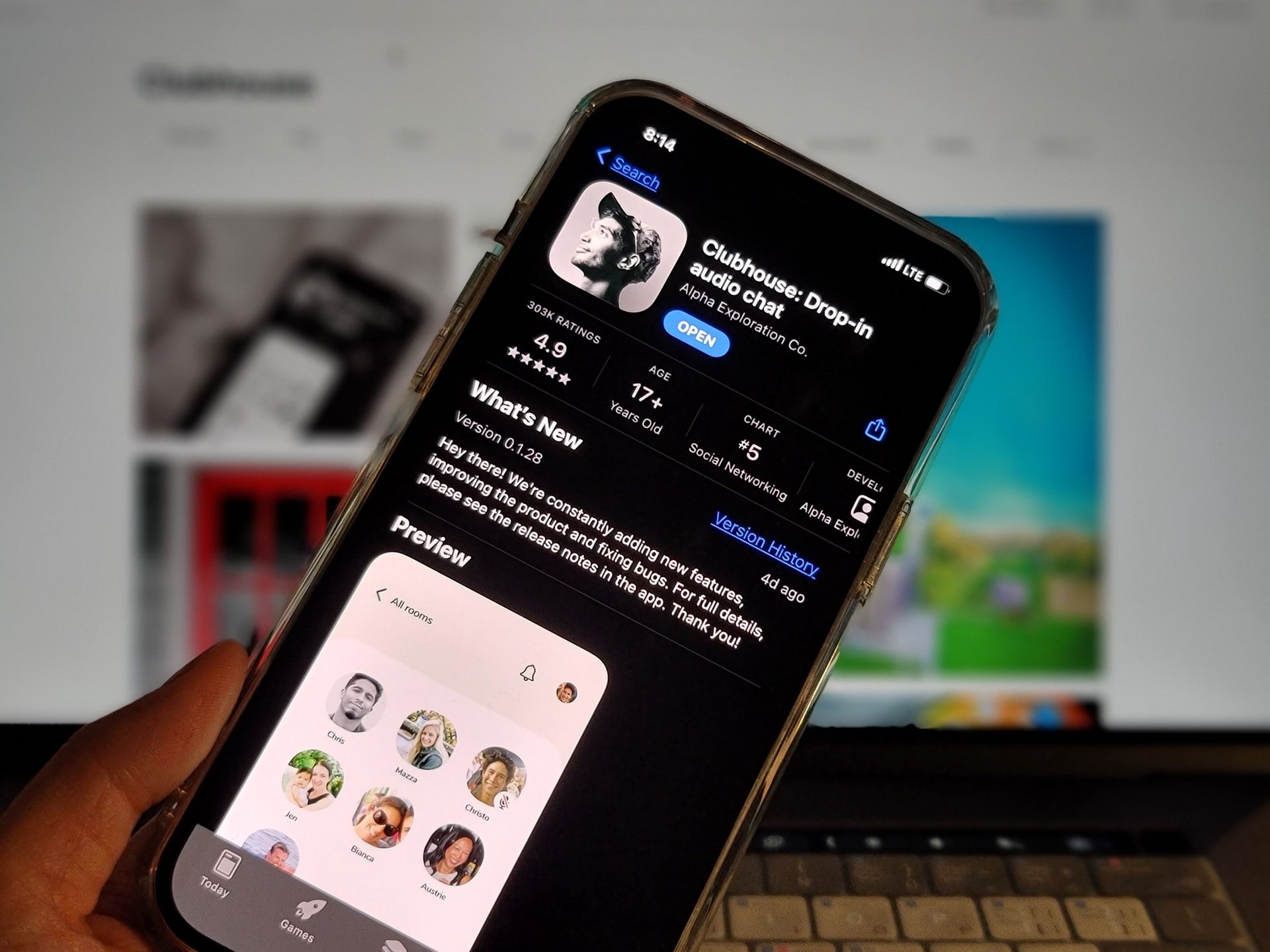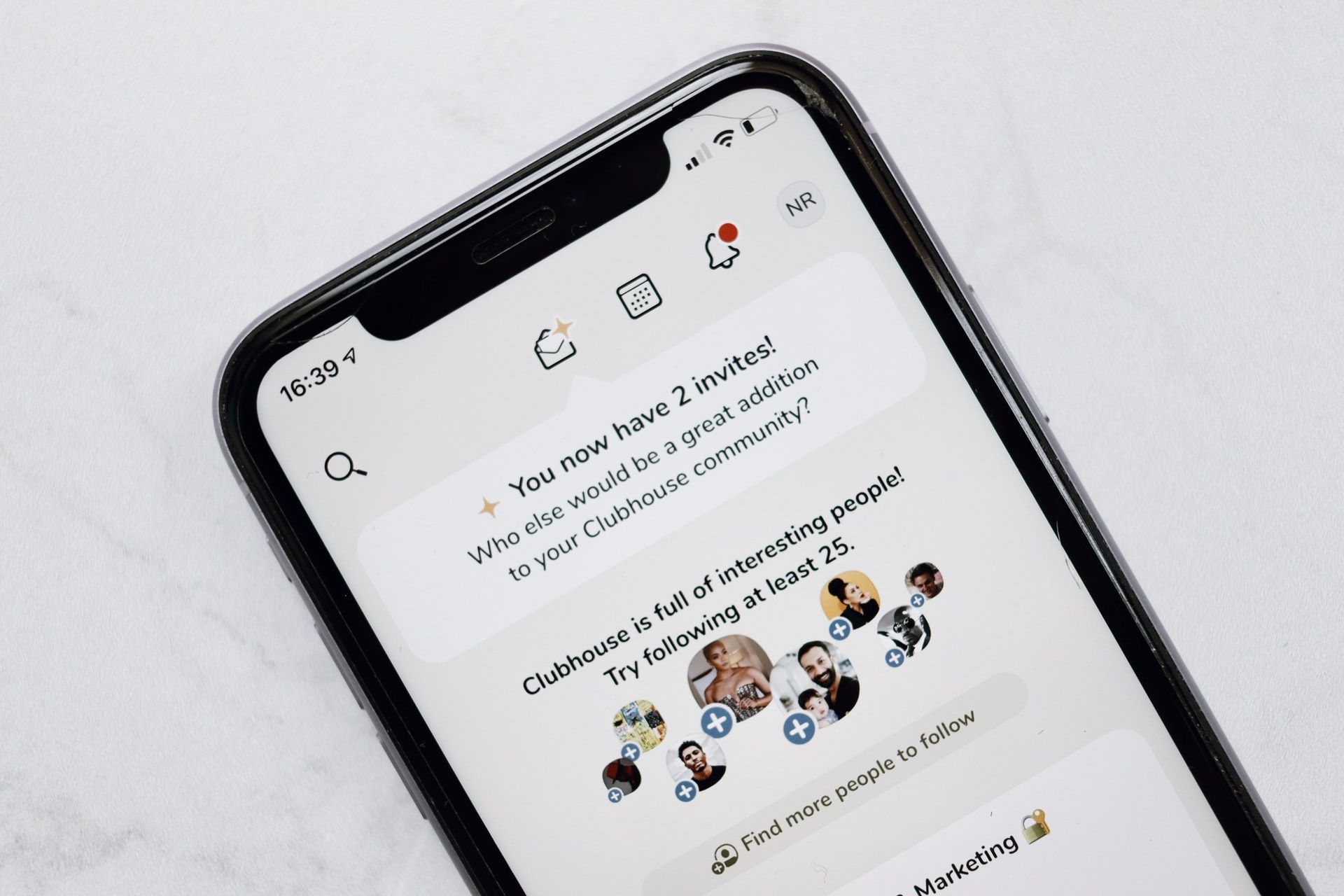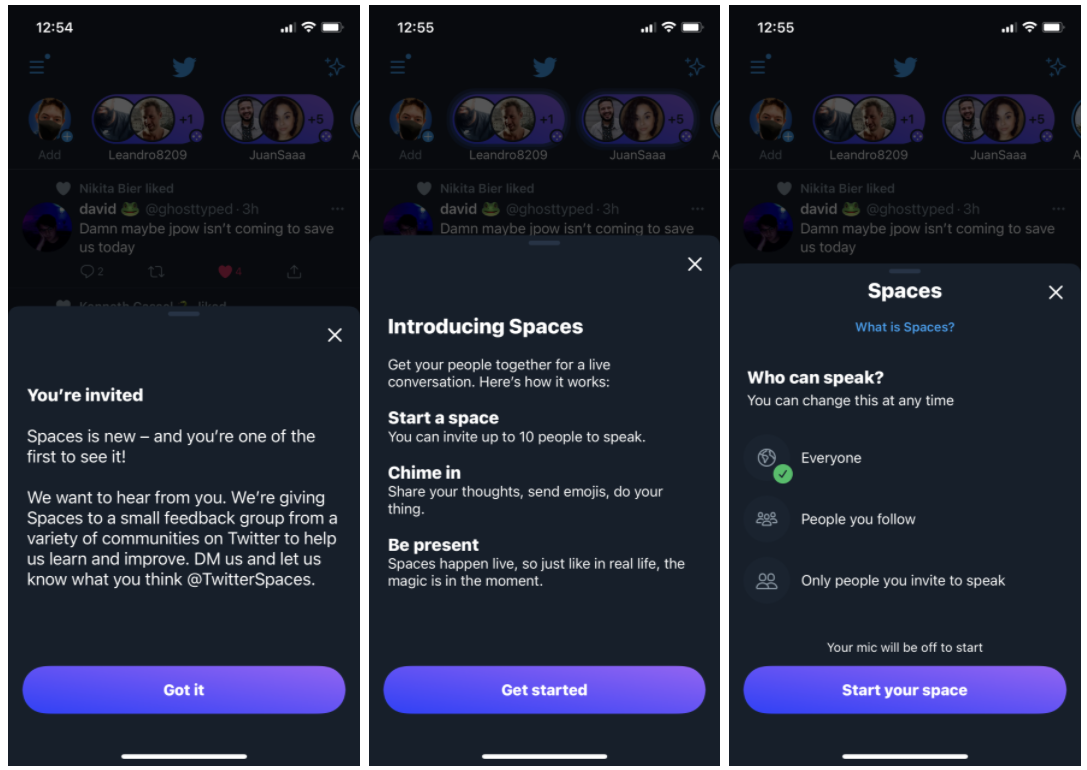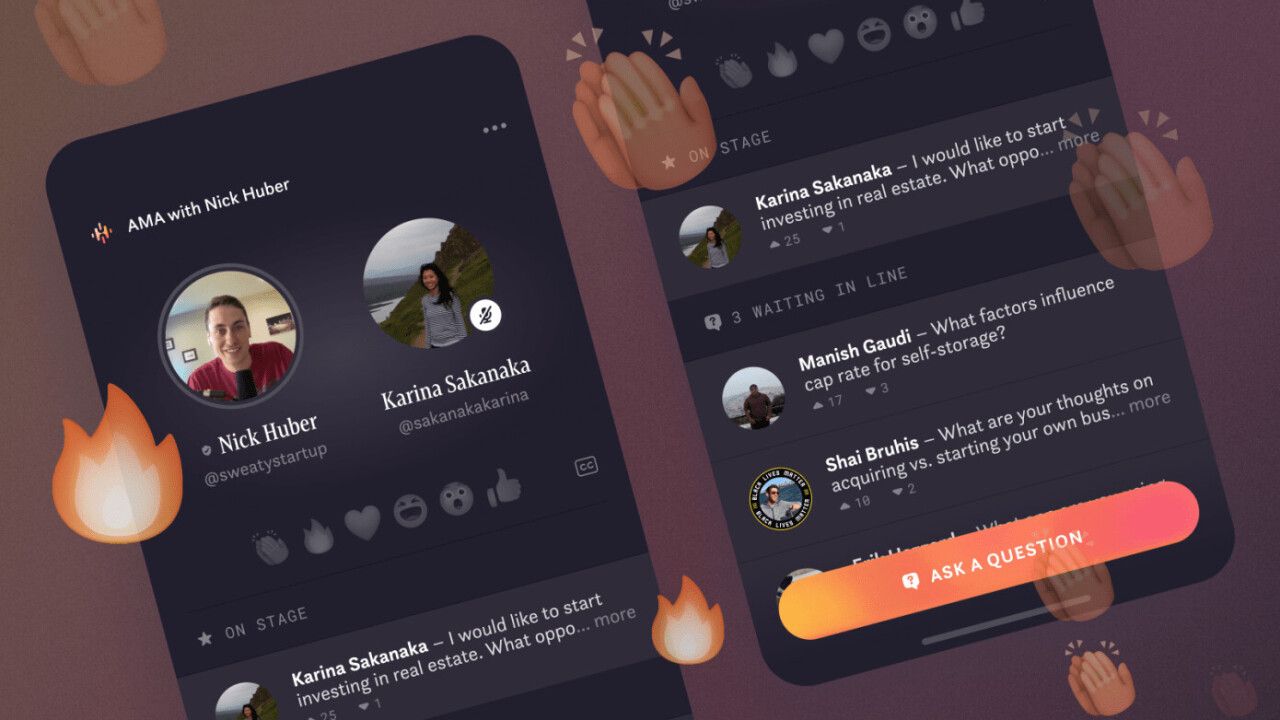Following a year where most people have seen a dramatic increase in screen time and an over-emphasis on visual forms of content and communication, it's not difficult to see why youth audiences would be looking for something that little bit different to include in the digital mix.
Audio social media platforms, such as the currently exclusive drop-in audio chat platform Clubhouse, have launched with quite a media bang in recent months. Audio provides a more intimate but less intrusive way to connect with others whilst also helping to steer clear of digital fatigue.
With the popularity of this new format set to gain even more ground, we take a look at what this means for the higher education sector and how institutions can tap into the trend to create genuine connections with students through it.
The new movers and shakers in audio social
Discussion around the audio social trend rarely takes place without mention of the Clubhouse app. Considered a leading light in pushing the audio trend forward, Clubhouse is currently still in a beta phase of launch and only available on iPhone to those who gain an invite from an existing user. Universities haven't jumped in headfirst, but social media marketing groups are buzzing about the potential.

The app allows users to listen to conversations, interviews, and discussions in live conversation rooms relevant to their pre-selected interests, much like a conference call but without the visuals.

Though Clubhouse only launched in March 2020, it really hit it big in February this year when Elon Musk hosted an audio-chat with Robinhood CEO Vlad Tenev. As well as being live on Clubhouse it was also streamed on YouTube, and since then, there has been a number of other social platforms developing their own audio-focused offerings.

Screenshot credit: James Futhey
Twitter has been hard at work on its Clubhouse rival platform Spaces, which allows users to host and participate in live audio conversations hosted within "Spaces" (aka audio chat rooms). Twitter has been building and testing @TwitterSpaces in the open, with anyone on iOS and Android able to join and listen in; however, only a small group of people on iOS are able to create a Space currently, with more features and updates promised soon. The word on the street is that the platform will officially launch to the public this month.

Earlier this month, Facebook's New Product Development team announced the beta-testing launch of a Clubhouse rival app Hotline, which allows creators to speak to an audience who can then ask questions through either text or audio. Unlike Clubhouse, the Facebook app allows creators to opt to turn their cameras on for the event, giving the option of appearing live via video link-up.
The rise and rise of podcasts
Let's not forget there's also been an explosion of content, and increased advertising spend in podcasts in recent months, with companies including Spotify, Apple and Amazon all making more significant investments in the market.
According to the latest Infinite Dial survey from Edison One and Triton Digital, in 2020, 37% of Americans (age 12+) listened to at least one podcast each month, up from 32% in 2019 and continued growth in podcast listening is expected. Last year, an estimated 100 million people listened to a podcast each month, and it's expected to reach 125 million in 2022.
What the audio-social explosion means for higher education
With bigger advertising budgets being invested and more and more companies looking to cash in on the trend, the popularity of audio-social looks set to continue for the foreseeable future.
It would be wise for institutions to tune into audio content creation with student-focused social media activity and communication now to avoid missing out.
As well as thinking about content, now is also a great time for universities to take stock of the audio facilities they already have and consider where they might want to upgrade or invest in new technologies.
For prospective students looking to join audio-focused social clubs or discussing relevant courses, cutting-edge and easily accessible audio recording facilities could be a huge draw.
When looking at the type of content to focus on, institutions should consider the types of things that youth audiences are already engaging with and what fits with the existing social channels that are out there. Podcasts, audio-only Q&A drop-in sessions and interactive radio shows that could be delivered live across a university's existing channels are all great ways to engage with prospective and existing students. In all cases, the topics chosen for audio content will need to be relevant and interesting to the student audience and inspire deeper thought and debate.
Relevant audio content might include experience-sharing conversations between existing students, student ambassadors, or local entertainment venue owners, discussing topics such as what their first year of university was like, the difference between school and university, the best social events on campus and in the local community. Knowledge-based conversations between faculty members on chosen subjects could also be engaging.
Those with bigger budgets to invest might consider inviting a relevant celebrity or influencer to host a live discussion or series of talks and adding an element of exclusivity to help prospective students feel part of the club before they've even enrolled to attend the university.
The early signs are promising for this new type of social media content, and it's fizzing with potential.
If you've got plans to turn your audio-social strategy up a notch, we'd love to hear from you - drop us a note in the comments section below or DM us on Twitter. We would love to include you in our next blog post on the topic.

:format()//media/clubhouse-0421.jpg)